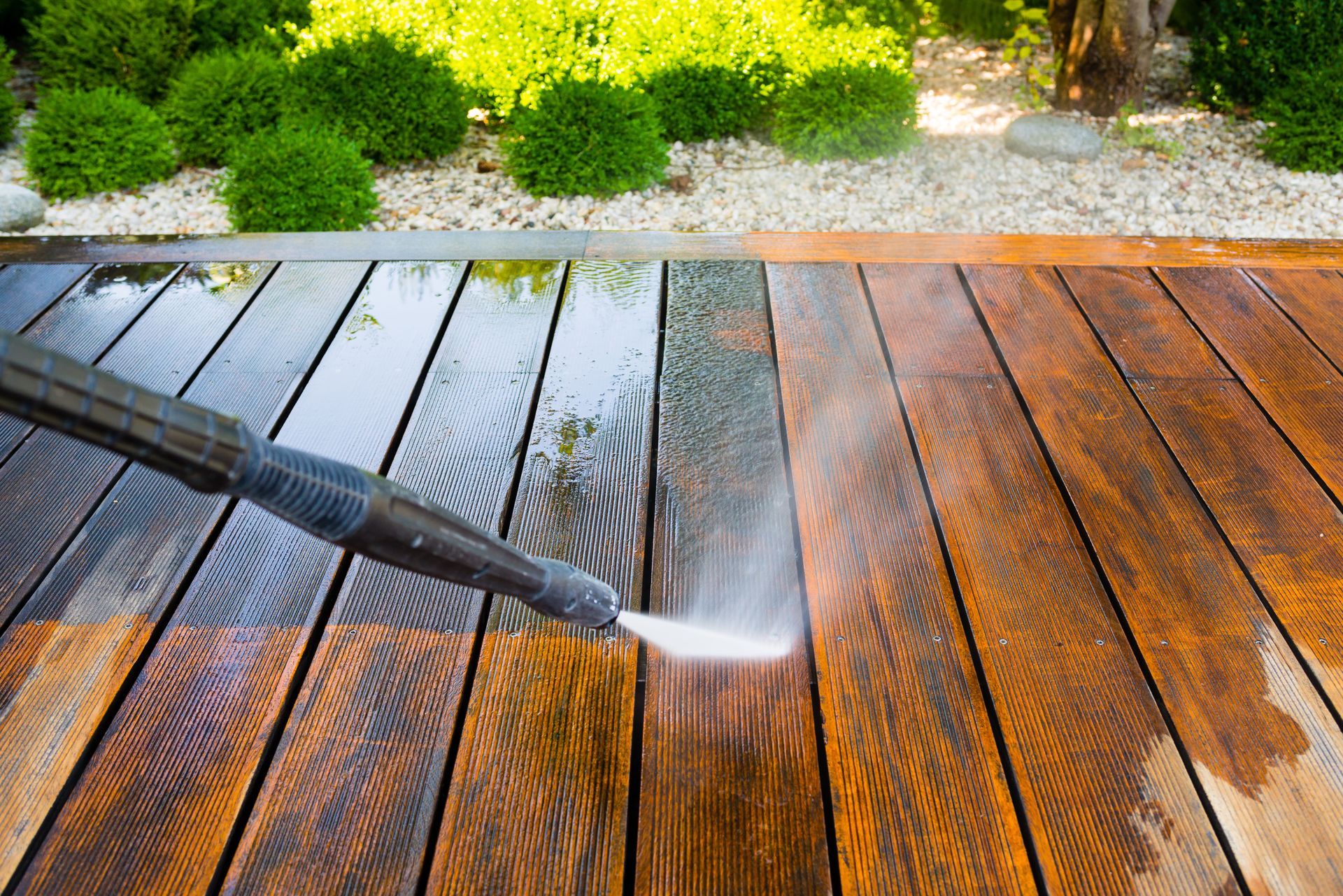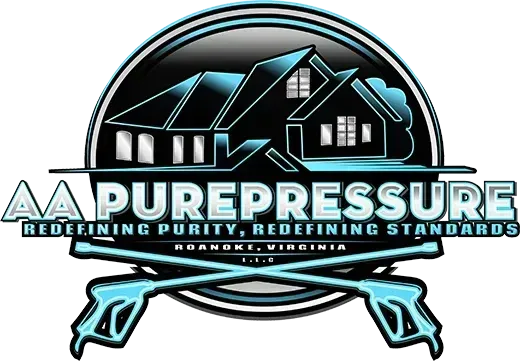November 21, 2025
Keeping your home clean and well-maintained goes far beyond interior upkeep. The exterior surfaces of your property, such as your driveway, deck, and siding, face constant exposure to weather, dirt, mold, organic buildup, and everyday wear. Over time, these elements cause surfaces to darken, weaken, and lose their appeal. One of the most effective ways to preserve your home’s exterior is through power washing, a service that restores beauty while preventing long-term structural damage.
Determining how often you should schedule exterior cleaning can be confusing, as different surfaces have different needs. Homeowners must consider climate, usage, material type, and the general condition of each area to create a reliable maintenance schedule. This comprehensive guide walks you through ideal cleaning frequencies for your driveway, deck, and siding, offering practical insights to preserve both appearance and longevity.
Understanding Why Routine Cleaning Matters
Routine exterior cleaning plays a major role in protecting your home from preventable damage. Dirt and organic buildup slowly erode surfaces, especially porous materials like wood and concrete. Without regular power washing, these contaminants can sink deeper into the surface, making them harder to remove and increasing the risk of deterioration.
Regular cleaning also enhances curb appeal. Over time, surfaces exposed to the elements naturally become discolored. Mold, mildew, algae, and grime not only make your home look older, but they can also create slippery or hazardous areas. When homeowners schedule consistent cleaning, they protect their investment and reduce the risk of costly repairs down the line. There is also a health component. Mold and mildew on decks and siding can impact the air quality around your outdoor living spaces. Proper cleaning prevents these contaminants from spreading and helps maintain a safe environment for your family.
Determining How Often to Clean Your Driveway
Your driveway faces some of the harshest conditions of any exterior surface. It deals with constant foot and vehicle traffic, oil leaks, tire marks, dirt buildup, and weather exposure. Because of these stressors, it requires a fairly frequent cleaning schedule. Most concrete driveways benefit from power washing once per year under normal conditions. However, if your property is surrounded by trees, receives heavy vehicle use, or experiences frequent storms, twice-a-year cleaning may be ideal. Driveways made of pavers or asphalt may also require gentler cleaning but still need regular attention to prevent staining, weed growth, and surface fading.
Seasonal factors matter as well. Homeowners often find that spring and fall are the best times to schedule driveway cleaning. Spring removes leftover winter grime, road salt, and mud. Fall prepares the surface for freezing temperatures by eliminating debris that can trap moisture and worsen cracking. If you notice dark streaks, oil stains, or slippery patches developing before your usual cleaning time, it is wise to schedule a maintenance cleaning. Staying proactive helps extend the life of the driveway and keeps it looking its best.
Determining How Often to Clean Your Deck
Decks require more delicate and specific cleaning schedules than driveways. Because most decks are made from wood or composite materials, they are more susceptible to moisture damage, mold growth, and fading from sunlight. Regular power washing helps these surfaces maintain their structural integrity and appearance. In general, decks should be cleaned once per year. For wood decks, annual washing helps remove moisture-loving contaminants that can cause rot, warping, or splintering. Composite decks, while more resistant to weathering, still collect dirt, mold, and pollen that should be removed annually.
Homes located in humid climates may require cleaning every six to nine months. If your deck is shaded or surrounded by trees, it may develop algae and mildew faster than a deck in full sunlight. In these cases, more frequent cleaning helps maintain a safe and slip-resistant surface. Additionally, many homeowners do not realize that proper cleaning is the first step before staining or resealing. Annual washing ensures that protective coatings adhere correctly and last longer. Without cleaning first, stain and sealant can trap contaminants beneath the surface, causing premature peeling and uneven appearance.
Determining How Often to Clean Your Siding
Siding is one of the most important features of your home’s exterior, and it endures constant exposure to wind, rain, sun, insects, and airborne contaminants. Over time, these elements cause discoloration, streaking, and buildup that can degrade the material’s protective qualities. Vinyl, fiber cement, and brick siding all benefit from yearly maintenance. Power washing once per year removes grime before it penetrates or stains the surface. And according to Lee Company, most homes should get exterior pressure washing at least once per year.
This recommendation aligns with what most professionals suggest. Homes in high-humidity regions, near wooded areas, or close to busy roads may need siding cleaning every six months. If your siding develops green or black streaks, that is typically algae or mildew, which is a clear sign that cleaning is overdue. Regular siding cleaning not only improves curb appeal but also helps prevent premature deterioration. When pollutants and organic buildup remain on siding for too long, they can cause warping, chalking, or staining, which may require replacement sooner than necessary.
Identifying Environmental Factors That Affect Cleaning Frequency
Every home is different, and several environmental factors influence how often you need power washing. Understanding these elements ensures you develop a maintenance routine tailored to your property. Climate plays a major role. Homes in humid or rainy regions often experience faster mold and mildew growth. Properties in dry or dusty climates accumulate surface dirt and pollen more quickly.
Tree coverage is another key consideration. Trees drop sap, leaves, pollen, and organic debris that can stain decks and driveways. Overhanging limbs also create shaded and damp conditions that encourage algae and mildew. Proximity to roads also matters. Homes near busy streets collect more soot and vehicle exhaust residue, which sticks to siding and concrete. Even the color of your home can affect cleaning frequency. Lighter-colored siding shows grime sooner and may require more frequent cleaning to maintain its appearance. Evaluating these factors helps homeowners determine whether they need yearly cleaning or something more frequent.
Recognizing When It is Time to Schedule a Cleaning
While a general schedule is helpful, it is equally important to recognize the physical signs that indicate cleaning is due. Surfaces that appear dull, stained, or slippery are long overdue for power washing. Driveways may show tire marks, oil stains, weed growth between pavers, or dark patches. Decks often reveal green or black spots, soft or slippery areas, or general discoloration. Siding may show streaking, dullness, or patches of mold.
If you notice any of these issues earlier than expected, scheduling a cleaning can prevent further damage and help your home maintain its value. A good rule of thumb is to inspect all exterior surfaces seasonally to catch early signs of buildup.
Maintaining a consistent exterior cleaning schedule is one of the best ways to protect and preserve your home. Your driveway, deck, and siding each have unique needs, but most surfaces benefit from at least annual cleaning, and in some cases, more frequent service depending on climate and environmental factors. With routine power washing, you enhance curb appeal, prevent deterioration, and ensure your home stays in excellent condition throughout the year. If you are ready to refresh your home’s exterior, restore beauty, and protect surfaces from long-term damage, contact AA PurePressure LLC today.

